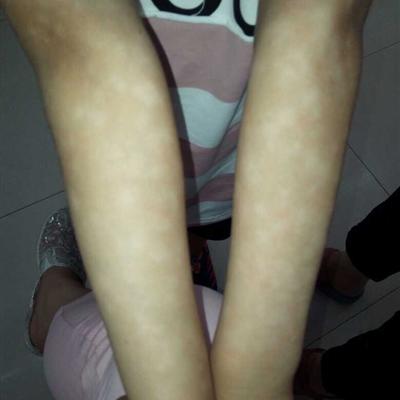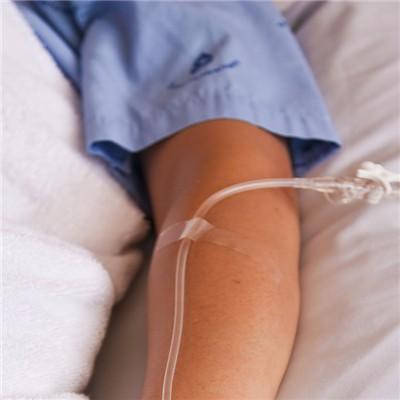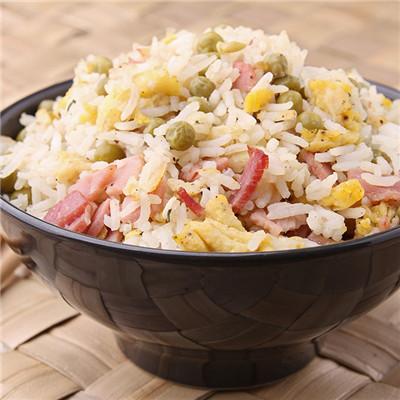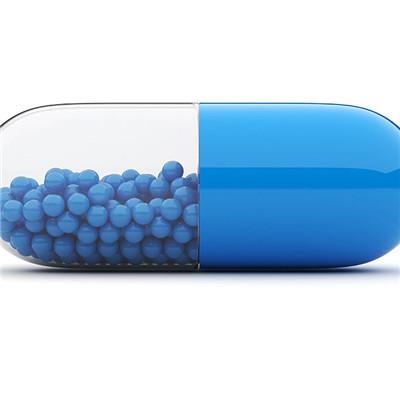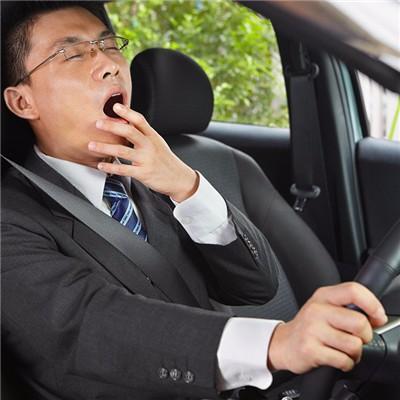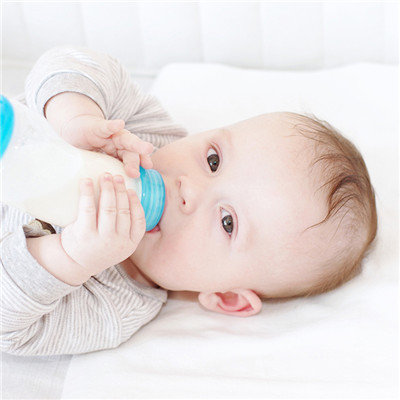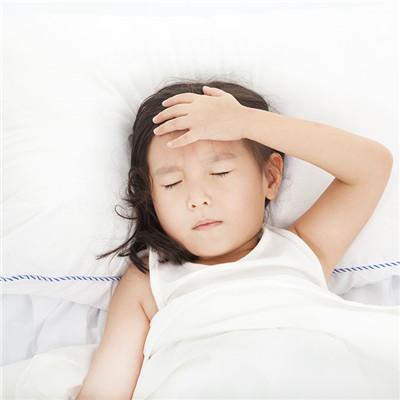What symptom does gastroptosis have?
summary
Gastroptosis is due to insufficient suspension of diaphragm, relaxation of ligaments supporting internal organs, or reduction of intra-abdominal pressure and relaxation of abdominal muscles, resulting in the great curvature of stomach reaching pelvic cavity and the lowest point of lesser curvature of stomach falling below the line of iliac crest when standing. It is often accompanied by the change of duodenal bulb position. The stomach of normal people is in the upper left part of abdominal cavity, and the lowest point should not exceed the two transverse fingers below the umbilicus when standing upright. Its position is relatively fixed, which plays a certain role in maintaining the normal function of stomach. What symptom does gastroptosis have?
What symptom does gastroptosis have?
1. Abdominal distension and epigastric discomfort: most patients reported abdominal fullness, heaviness and pressure.
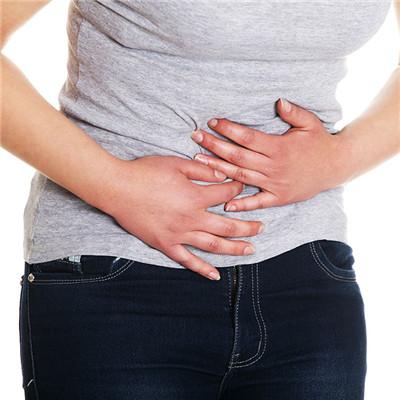
2. Abdominal pain: mostly persistent dull pain. It often occurs after meals and is related to food intake. The greater the amount of food consumed, the longer the pain time and the more severe the pain. At the same time, pain is related to activities, and activities after meals often aggravate the pain.
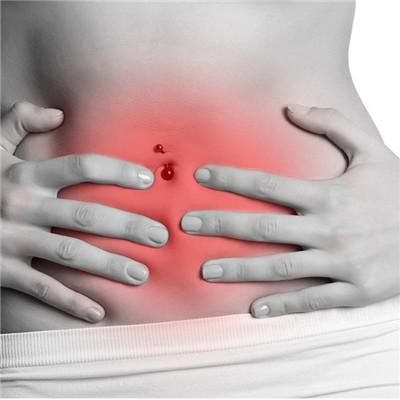
3. Nausea and vomiting: it often occurs after meals, especially when eating too much. This is because one time into a large amount of food, increased the traction of gastric ligament and pain, followed by nausea and vomiting.
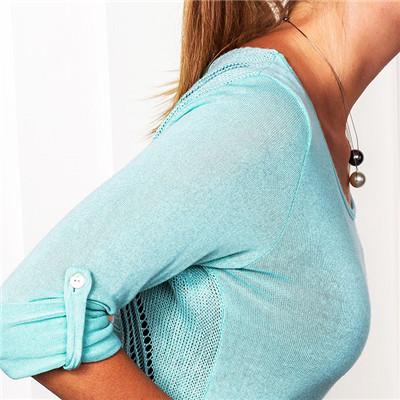
matters needing attention
1. Less food and more meals due to gastroptosis patients with weakened digestive function, too much food into the stomach, will inevitably stay in the stomach, causing indigestion. Therefore, the first requirement of diet conditioning is to eat less each time, but the frequency can be increased, 4-6 meals a day is appropriate. 2. The gastric wall tension of patients with gastroptosis is reduced by chewing slowly, which is beneficial to digestion and absorption, enhance gastric peristalsis and promote emptying speed, and relieve abdominal distension. 3. The food should be soft, light and easy to digest. Staple food should be soft rice, such as noodles to cook soft; Non staple food should be chopped and fried. Eat less raw and cold vegetables. However, it should be noted that the fish should not be over cooked, because the fish is the most tender and digestible when it is half cooked, and it has the least burden on the stomach.
